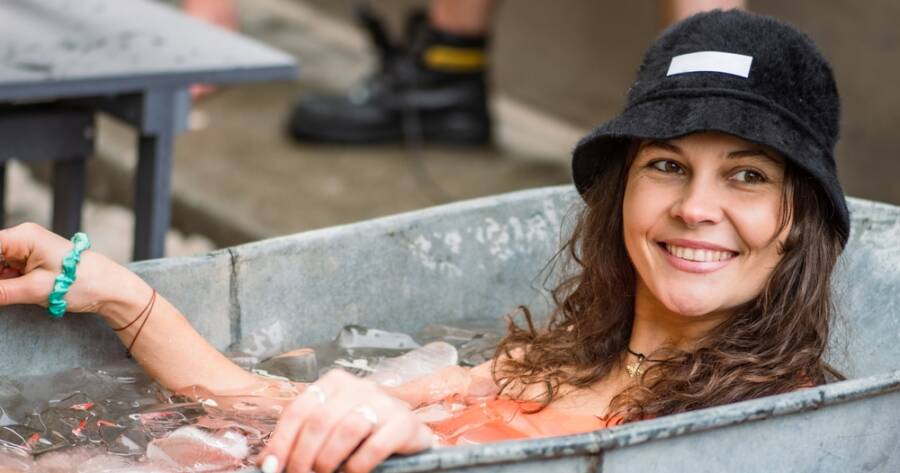Cold therapy has moved from professional sports facilities into American homes, with cold plunge tubs becoming a wellness trend embraced by athletes, biohackers, and everyday people alike. Plunge tubs, designed for brief immersion in cold water, are praised for their ability to reduce inflammation, boost recovery, and even improve mental clarity. As interest in at-home wellness practices grows, more families are wondering how to set up their own cold plunge systems. Understand how tradition and innovation are shaping a new health ritual.
The Health Benefits of Cold Plunging
The most talked-about advantage of cold plunge tubs is faster recovery after exercise. Exposure to cold water constricts blood vessels, which can help reduce inflammation and muscle soreness. Once you warm up again, circulation improves, aiding in recovery and leaving you feeling refreshed.
Cold plunging also provides benefits beyond the physical. Research suggests that regular cold exposure may improve mood by triggering the release of endorphins and activating the body’s stress response in a controlled way. Many people report feeling energized and focused after a plunge, making it a useful tool not just for athletes but for anyone seeking better mental resilience.
Mental and Emotional Resilience
While the physical benefits are clear, the mental challenge of cold immersion is equally powerful. Stepping into cold water requires calm, focus, and controlled breathing. Over time, this practice teaches you to stay composed under stress, a skill that translates into daily life.
For some, cold plunging becomes a form of mindfulness. The intense sensation forces you into the present moment, quieting distractions and sharpening awareness. By building tolerance to discomfort, you train your mind to manage stress more effectively. This combination of physical and emotional growth is a key reason the practice has become popular outside of professional sports circles.
Choosing the Right Cold Plunge Setup
For those interested in bringing the experience home, there are several ways to create a cold plunge setup. Dedicated tubs designed for cold immersion are growing in popularity and often come with insulation or built-in cooling systems. However, some people start more simply by using stock tanks, repurposed bathtubs, or even large outdoor containers filled with ice and water.
The best setup depends on your space and commitment level. Outdoor areas such as backyards, patios, or decks work well, but indoor basements or garages can also house a plunge tub if proper drainage and ventilation are available. For ease of use, many enthusiasts add filtration systems to keep the water clean between sessions, reducing the need for frequent refills.
Tips for Safe Cold Plunging
While cold plunging offers exciting benefits, it’s important to approach it safely. Beginners should start with shorter sessions—just one or two minutes in cool water—and gradually build tolerance. Over time, you can extend the duration and lower the water temperature.
It’s also essential to listen to your body. Cold exposure can put stress on the cardiovascular system, so individuals with heart conditions or other health concerns should consult a doctor before beginning. After each session, warming up gradually with movement, blankets, or a warm shower helps restore circulation safely.
Pairing cold plunges with other recovery practices, such as stretching or breathwork, can enhance the overall experience. By building a consistent routine, the benefits of cold therapy become more sustainable and impactful.
A Wellness Trend Here to Stay
The rise of cold plunge tubs shows how wellness practices once reserved for elite athletes are becoming accessible to households across the United States. From faster muscle recovery to sharper focus and emotional resilience, the benefits are both physical and mental.
With setups ranging from simple DIY tubs to advanced home systems, anyone can explore this invigorating practice. By approaching it with safety and consistency, cold plunging can become more than a trend—it can be a lasting part of a healthier, more balanced lifestyle.

